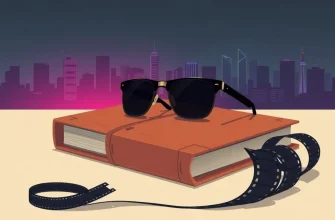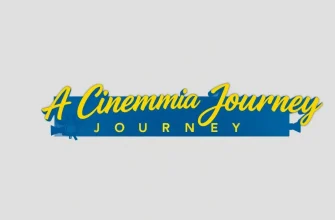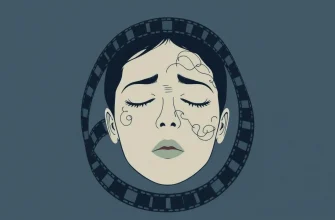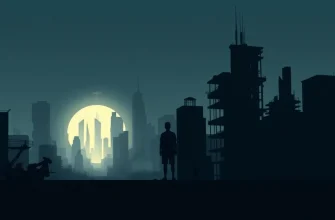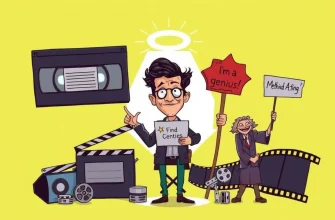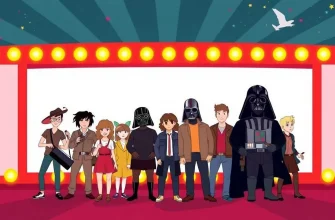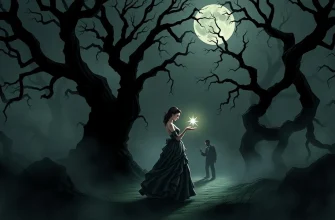Magical realism in films is a genre that weaves the fabric of everyday life with elements of the fantastical, creating a unique viewing experience where the impossible becomes possible. This collection of films showcases the art of storytelling where magic is not just a plot device but an integral part of the narrative, offering viewers a glimpse into worlds where the lines between reality and fantasy blur. Whether it's through the lens of cultural folklore, personal transformation, or the surreal, these films invite audiences to see the world through a different, often more poetic, lens.
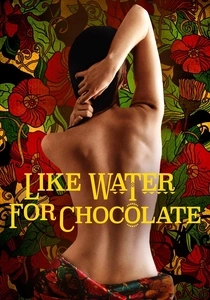
Like Water for Chocolate (1992)
Description: This Mexican film tells the story of Tita, whose emotions are so strong they affect the food she cooks, leading to magical and often humorous consequences. It's a poignant exploration of love, tradition, and the supernatural.
Fact: The film was based on the novel by Laura Esquivel, who also wrote the screenplay. It was nominated for the Golden Globe for Best Foreign Language Film.
 Watch Now
Watch Now 
The City of Lost Children (1995)
Description: In this visually stunning film, a scientist steals children's dreams to prolong his life, blending elements of fantasy, science fiction, and magical realism in a dark, whimsical world.
Fact: The film was co-directed by Jean-Pierre Jeunet and Marc Caro, who are known for their unique visual storytelling. It was shot in a studio in Paris, with many scenes requiring complex set designs.
 Watch Now
Watch Now 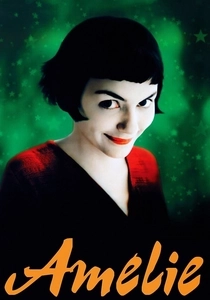
Amélie (2001)
Description: Amélie is a whimsical tale of a young woman who decides to change the lives of those around her for the better while grappling with her own isolation. The film's magical realism lies in its portrayal of everyday life as a series of interconnected, almost magical events.
Fact: The film's color palette was specifically chosen to evoke a sense of nostalgia and warmth, with each character having their own color scheme. It was also nominated for five Academy Awards.
 Watch Now
Watch Now 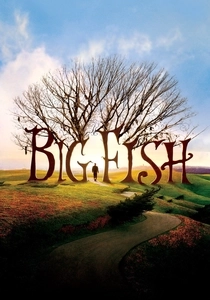
Big Fish (2003)
Description: This film explores the life of Edward Bloom, a man known for his tall tales. As his son tries to uncover the truth behind these stories, the line between fact and fiction blurs, showcasing magical realism through the lens of storytelling and memory.
Fact: The film's director, Tim Burton, used real locations for many of the fantastical scenes, blending reality with the surreal. It was also based on the novel by Daniel Wallace.
 Watch Now
Watch Now 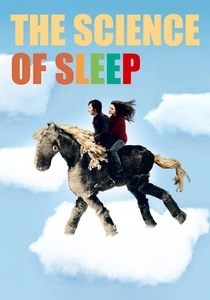
The Science of Sleep (2006)
Description: Stéphane, a dreamer, struggles to differentiate between his vivid dreams and reality, leading to a surreal narrative where the boundaries of the real world are constantly questioned.
Fact: Michel Gondry, known for his innovative visual style, used homemade special effects and stop-motion animation to create the dream sequences.
 Watch Now
Watch Now 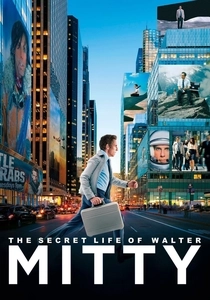
The Secret Life of Walter Mitty (2013)
Description: Walter Mitty, a day-dreamer, embarks on a real-life adventure that mirrors his fantasies. The film uses magical realism to explore themes of self-discovery and the power of imagination to transform one's life.
Fact: The film's director, Ben Stiller, also stars as Walter Mitty. It was shot in various exotic locations, with some scenes requiring the crew to travel to remote parts of Iceland.
 Watch Now
Watch Now 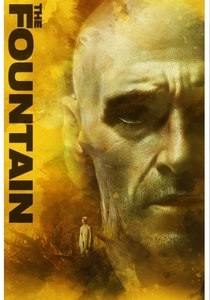
The Fountain (2006)
Description: This film intertwines three stories across different time periods, exploring themes of love, death, and rebirth through a narrative that blends science fiction with spiritual and magical elements.
Fact: Darren Aronofsky wrote the script over a decade before the film was made, and it was his first film to receive an R-rating.
 Watch Now
Watch Now 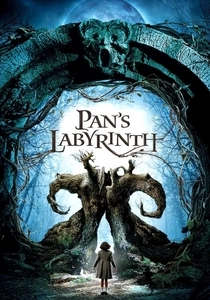
Pan's Labyrinth (2006)
Description: Set against the backdrop of post-Civil War Spain, this film tells the story of Ofelia, who escapes into a magical labyrinth where she encounters mythical creatures. It's a perfect blend of harsh reality and enchanting fantasy, exploring themes of innocence, escape, and the power of imagination.
Fact: The film was shot in both English and Spanish, with the Spanish version being the director's preferred cut. It also won three Academy Awards, including Best Cinematography.
 Watch Now
Watch Now 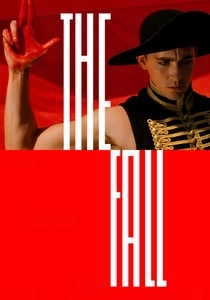
The Fall (2006)
Description: A stuntman tells a fantastical story to a young girl in the hospital, blending their harsh reality with a vibrant, magical world of his creation. The film's visual style and narrative structure epitomize magical realism.
Fact: The film was shot in over 20 countries, with many scenes requiring the construction of elaborate sets. It also features a unique narrative structure where the story within the story is told through the eyes of a child.
 Watch Now
Watch Now 
The Imaginarium of Doctor Parnassus (2009)
Description: A traveling theater troupe's leader, Doctor Parnassus, has made a deal with the Devil, leading to a fantastical journey through his magical mirror. The film's magical realism is evident in its exploration of imagination and the power of storytelling.
Fact: Following Heath Ledger's death during filming, his role was completed by Johnny Depp, Jude Law, and Colin Farrell, each playing different versions of his character in the Imaginarium.
 Watch Now
Watch Now 

